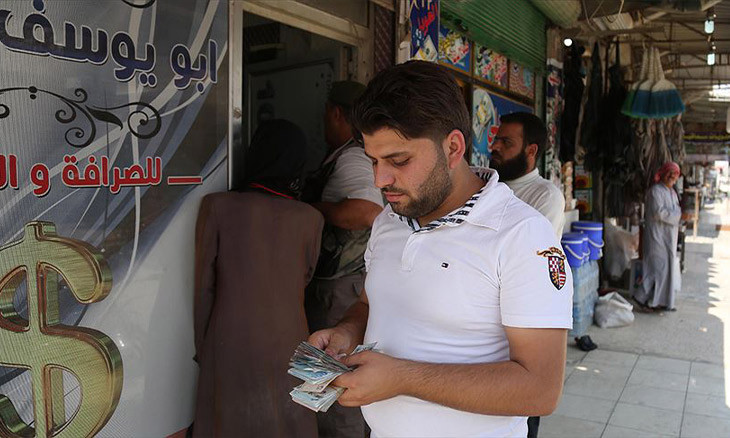NYT coverage of Afrin is not only incomplete, but troubling
A NYT article on Afrin caused quite an uproar, with some accusing them of whitewashing Turkey’s Afrin occupation. Because the Turkish government controls which journalists are allowed to visit Afrin, the stories published by the pro-AKP publications are very similar to what was being published in the NYT. It is striking that the NYT opted not to cover human rights abuses in Afrin and focus solely on Erdoğan and how happy and safe Afrin citizens are now after the military operation.
Several weeks ago, the Islamist Turkish daily newspaper Yeni Şafak cited a New York Times piece, praising Turkey’s presence in the Afrin province in northern Syria.
Yeni Şafak has a reputation as a pro-AKP newspaper with an established record of publishing hate speech as well as spreading fake news.
At first, this story appeared to be yet another false narrative published in furtherance of Turkey’s military aims. I assumed Yeni Şafak was only citing the ‘good part’ of the article from the NYT, and must have been leaving out the all-important context. However, after reading the original piece from NYT Istanbul correspondent Carlotta Gall, it became clear that Yeni Şafak was not faking it on this occasion.
The NYT article caused quite an uproar on Twitter, with many members of the Kurdish community voicing their outrage. The Jerusalem Post wrote that the NYT was whitewashing Turkey’s Afrin occupation via this piece.
Why would the NYT whitewash Turkey?
In January of 2018, the Turkish military captured the Afrin province from the Kurdish YPG in northern Syria. After the offensive, reports came out on what happened and the ongoing conditions on the ground in Afrin. The UN Human Rights Commissioner Michelle Bachelet stated that the human rights situation in Afrin was grim and called upon Turkey to launch an independent investigation into human rights violations and abuse in September of 2020.
Nothing happened.
After the offensive, little more was reported regarding the conditions in Afrin. Did the story simply lose its appeal? Or was it that nobody could enter the province without the permission of the Turkish government?
Whatever the reason, international reporting on the subject came to a standstill after 2019. As for the Turkish media, three journalists were arrested and 150 were detained for criticizing the Afrin offensive on social media.
An occasional visit to Afrin would possible “with the escort of journalists by Turkish officials,” the article stated.
Only the NYT, Anadolu Agency (AA), and Daily Sabah reported on these public relations visits. As a result, the stories published by the pro-government and AKP publications have very similar language to what was being published in the NYT. Even the people interviewed were the same.
Embedded journalism between reporters and military personnel, rarely results in good journalism, but there are still ways to make the most out of it. One way would be to include a full picture of the human rights situation, not relegate it to one sentence as the NYT did.
Since the NYT has an office in Turkey, it would not be difficult to speak with Kurdish individuals fleeing Afrin or to journalists and politicians who were arrested after the Afrin offensive took place.
Most recently, 27 Boğaziçi University students were sentenced to 10 months in jail for staging a protest on their campus opposing Turkey's Afrin operation.
Somehow the NYT also neglected to mention this. It focuses solely on President Erdoğan being criticized back when the offensive took place, and how happy and safe Afrin citizens are now after the military operation. Since no other journalist has been escorted to Afrin, we have no way of knowing if this positive portrayal is true
It is striking that the NYT has opted not to cover human rights abuses in Turkey in the past 3 years, only publishing the occasional opinion piece on these matters.
Unfortunately, NYT’s latest coverage resembles that of the Daily Sabah.
You cannot judge editorial choices, but bad journalism.


 ‘Using the Turkish Lira in Syria is completing Ankara’s invasion’Diplomacy
‘Using the Turkish Lira in Syria is completing Ankara’s invasion’Diplomacy